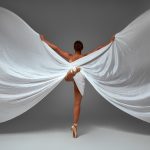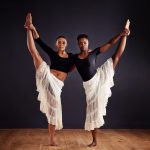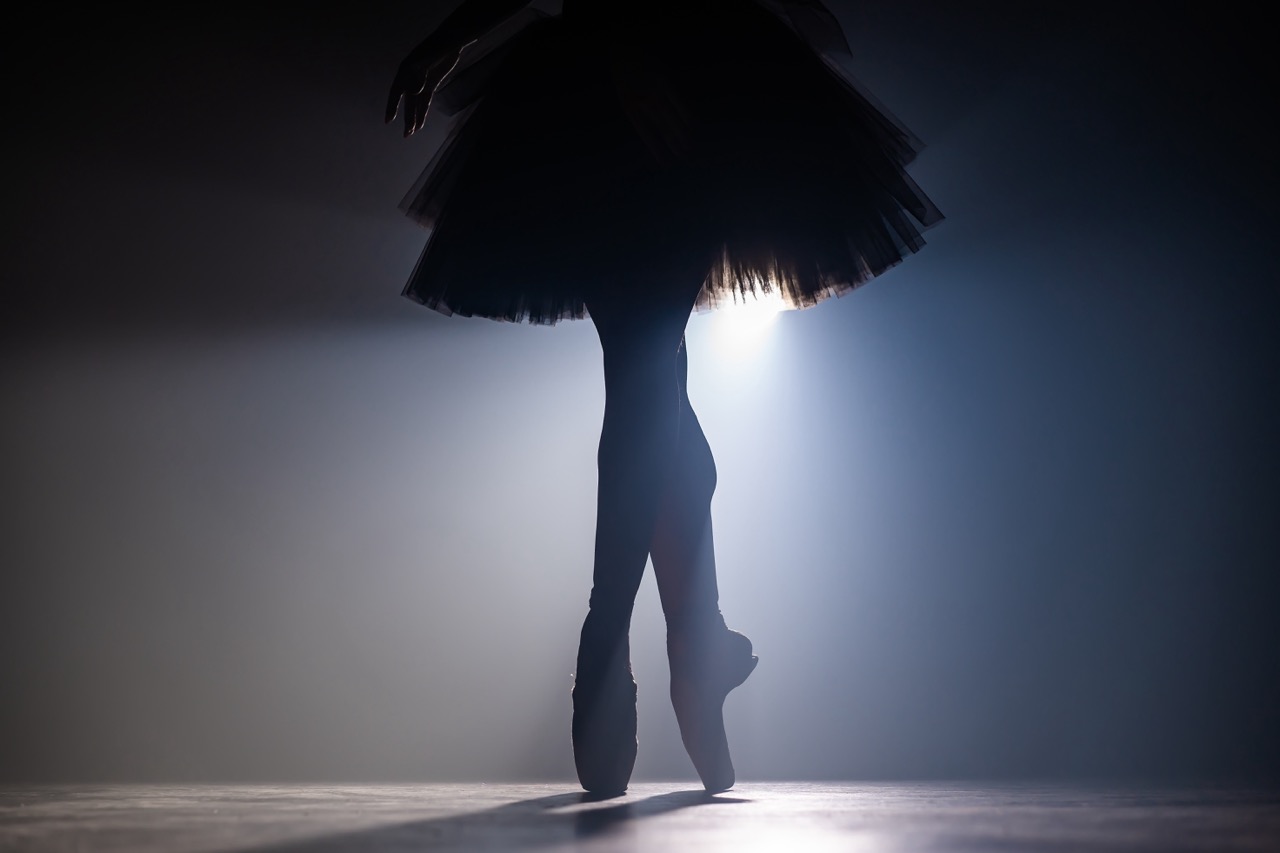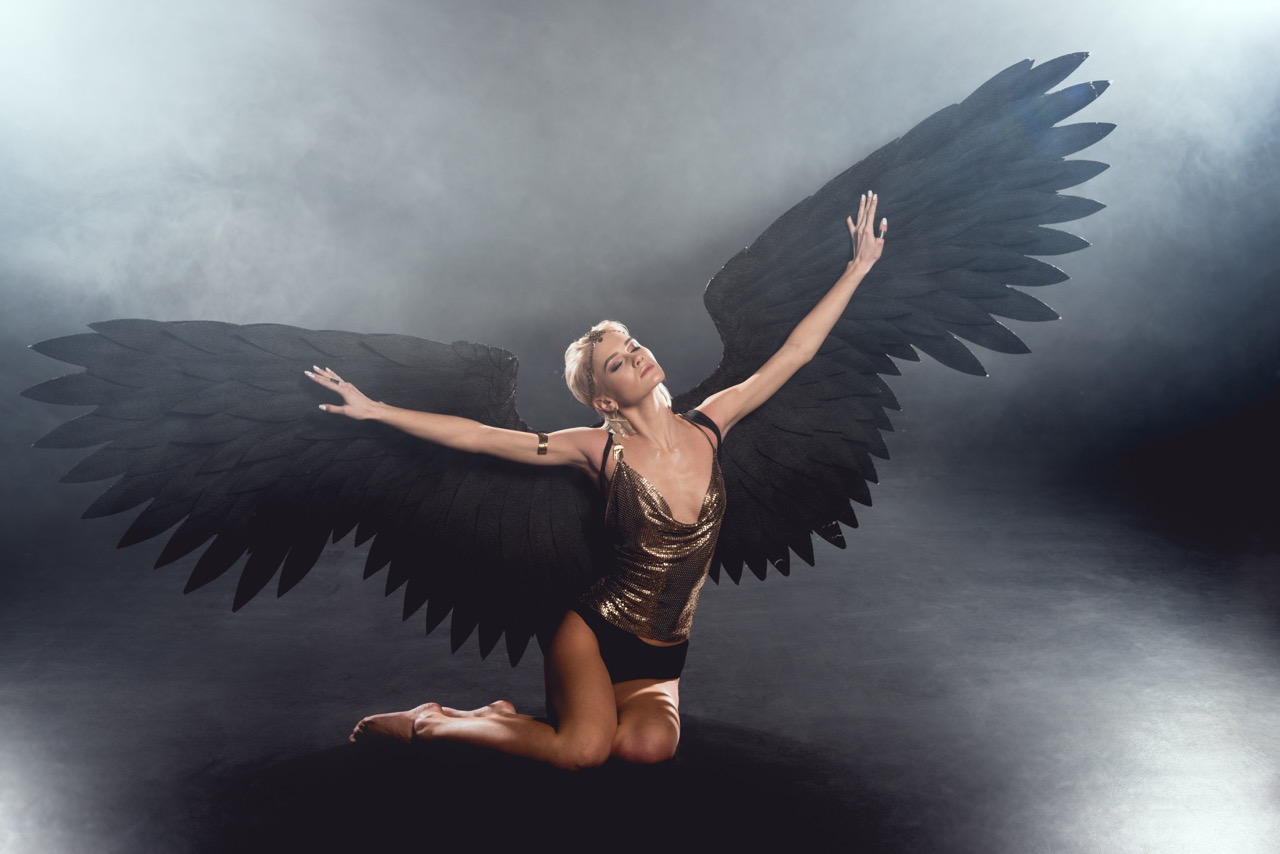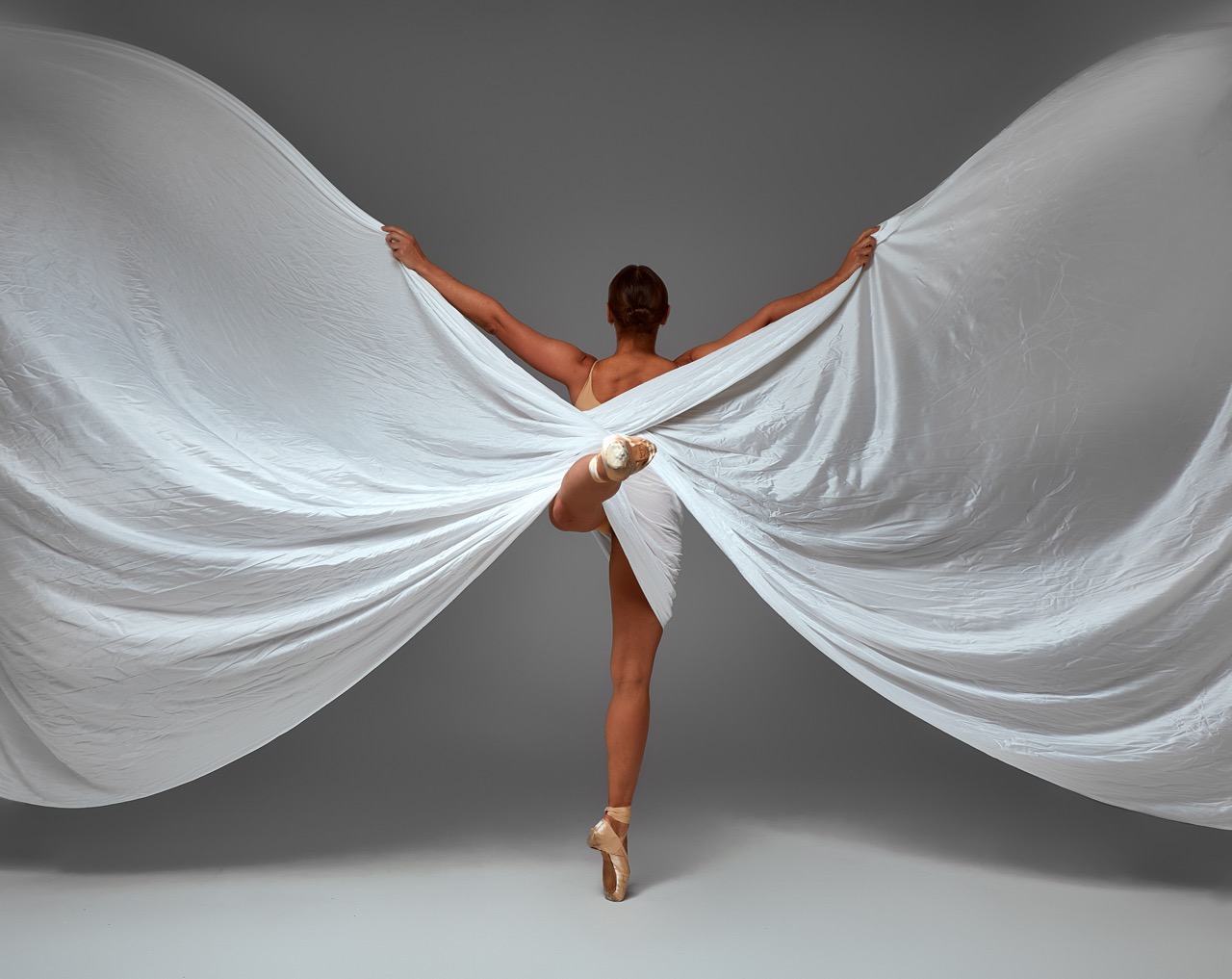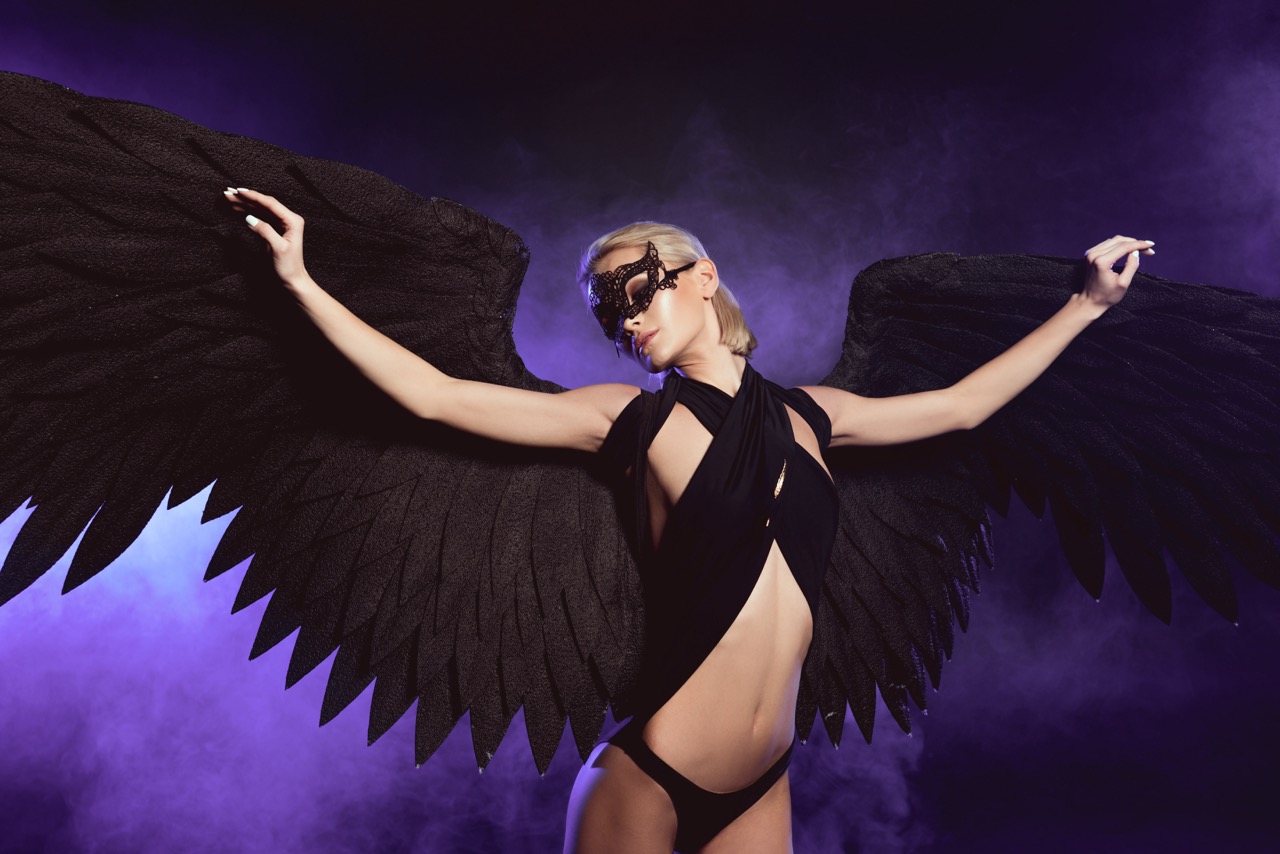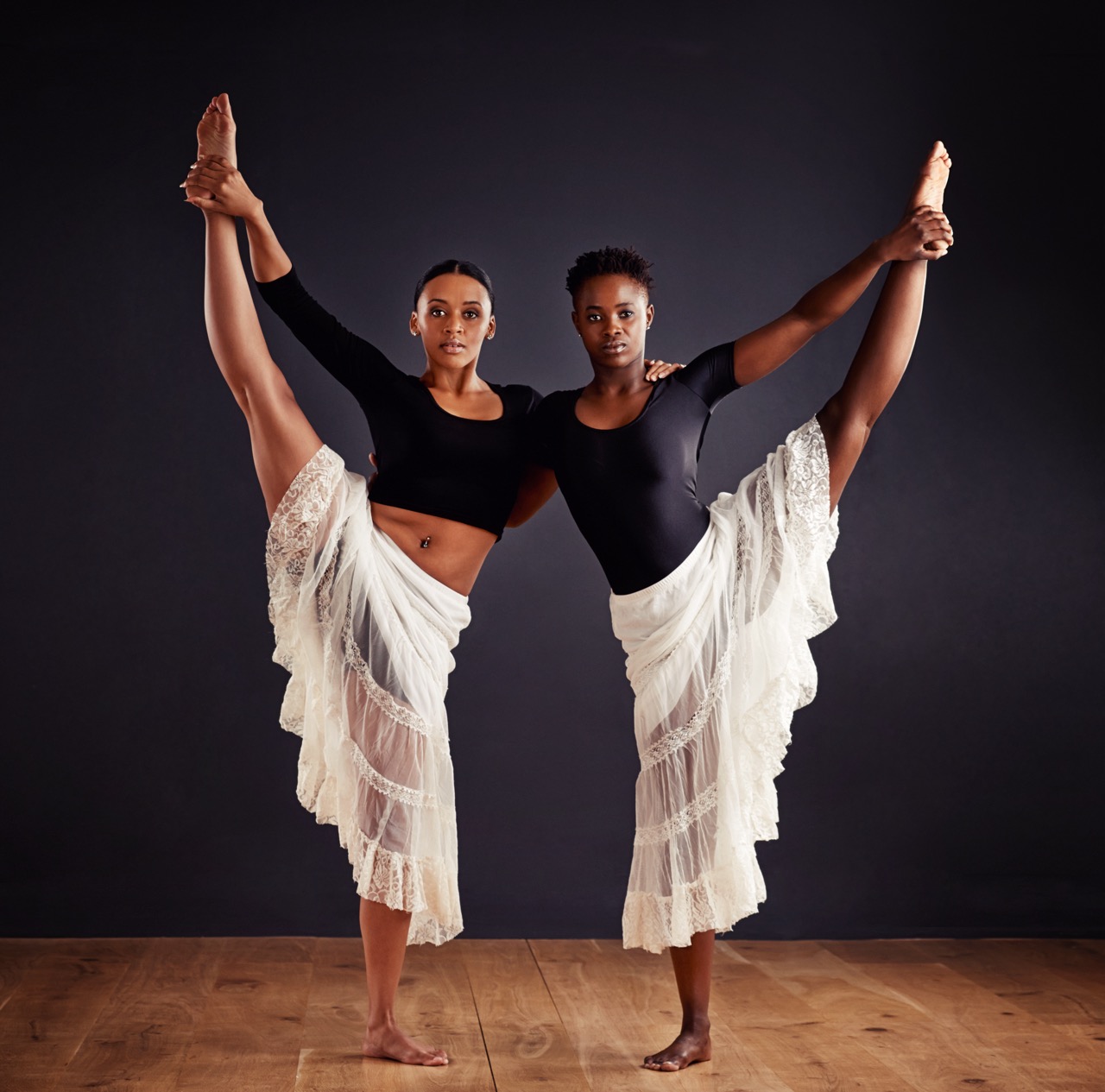The world of performance art thrives on the interplay of creativity and innovation, where dance, fashion, and technology converge to create spectacular displays of artistry. One of the most captivating forms of expression within this realm is the use of winged costumes. These elaborate garments not only enhance the visual experience of a performance but also reflect the evolution of design and technology. In this article, we delve into the fascinating intersection of dance, fashion, and technology in winged costumes, exploring their evolution, the influence of fashion on dance, the role of technology in costume design, and what the future holds for this enchanting art form.
The Evolution of Winged Costumes: A Fusion of Art and Tech
Winged costumes have a rich history, tracing back to ancient civilizations where they were utilized in religious ceremonies and theatrical performances. Initially crafted from natural materials such as feathers and fabric, these costumes symbolized freedom and transformation. Over time, the aesthetic appeal of wings in performance art expanded, leading to their incorporation in ballet, opera, and more contemporary dance forms. The evolution of winged costumes reflects not only a change in artistic trends but also advancements in technology that have enabled designers to experiment with new materials and techniques.
As the years progressed, the integration of fashion into the dance world saw wings being reinterpreted through various styles—from the ethereal elegance of ballet tutus adorned with delicate wings to the bold and avant-garde designs seen in modern dance performances. This fusion between the two disciplines has allowed for greater creative expression, pushing the boundaries of what a winged costume can represent. Designers have begun to explore themes of identity, nature, and mythology, using wings as a metaphor for aspiration and liberation.
The recent surge in interest for winged costumes can also be attributed to popular culture, with films, music videos, and fashion shows showcasing artists adorned in these striking designs. Events such as the annual Victoria’s Secret Fashion Show have transformed winged aesthetics into a high-fashion statement, bridging the gap between runway and stage, and creating a dialogue around what it means to embody the concept of flight. Ultimately, the evolution of winged costumes has paved the way for a vibrant fusion of artistic expression and technological advancement.
How Fashion Influences Dance: The Rise of Winged Aesthetics
Fashion has always been an integral part of dance, providing not only a visual framework for movement but also influencing the themes and narratives explored on stage. Winged aesthetics have become increasingly prominent within this dynamic, where choreographers draw upon the symbolism of wings to enhance storytelling. The choice of fabric, color, and design of winged costumes can evoke specific emotions, heightening the impact of a performance and capturing the audience’s attention.
Choreographers and designers often collaborate closely, understanding that the physicality of dance is intertwined with the visual language of fashion. The rise of winged aesthetics has inspired dancers to explore new movement vocabulary, as the weight and structure of wings can drastically alter their choreography. Dancers must adapt their techniques to accommodate the added dimension of their costumes, leading to innovative interpretations of traditional dance forms. The result is a heightened sense of drama and elegance, as performers become not only dancers but also living canvases for artistic expression.
Moreover, the growing influence of social media and digital platforms has accelerated the trend of winged aesthetics in dance. Platforms like Instagram and TikTok have provided a stage for performers to showcase their artistry, garnering attention for their visually striking costumes. This new visibility has encouraged both emerging and established dancers to experiment with winged designs, resulting in a diverse array of interpretations that reflect personal styles and cultural backgrounds. As fashion continues to shape the dance landscape, the rise of winged aesthetics will undoubtedly remain a defining element of contemporary performance.
Technology’s Role in Crafting Dynamic Winged Designs
The infusion of technology into costume design has revolutionized the way winged costumes are created and experienced. Traditional methods of costume-making have been enhanced by computer-aided design (CAD), which allows designers to visualize their concepts in a digital space before bringing them to life. This technological advancement not only saves time but also enables more precise and innovative designs that challenge the limitations of traditional materials.
In addition to CAD, advancements in materials science have played a pivotal role in the evolution of winged costumes. Lightweight synthetic fabrics that mimic the look and feel of feathers have become popular choices, allowing for more dramatic and dynamic wing structures. Designers can now experiment with shape and movement, incorporating elements such as mechanical wings that open and close in sync with choreography. This melding of fashion and technology has transformed winged costumes into living pieces of art, capable of reacting to the performance environment.
Furthermore, the integration of wearable technology into winged designs has opened the door to interactive performances. Costumes equipped with LED lights, sensors, and sound elements can respond to the movements of the dancer, enhancing the visual spectacle of the performance. By marrying technology with artistry, designers are creating immersive experiences that captivate audiences on multiple sensory levels. This ongoing exploration of technology’s role in winged costume design is propelling the art form into new and exciting territory.
The Future of Performance: Innovations in Winged Costumes
As we look to the future of performance, the possibilities for winged costumes are boundless. The continuous advancement of technology promises to introduce even more sophisticated materials and designs, pushing the envelope of what is achievable in costume creation. Innovations such as 3D printing and smart textiles are set to revolutionize the fashion industry, allowing for customization and on-demand production that meets the unique needs of individual performers. This shift could lead to a more sustainable approach to costume design, as creators can minimize waste and utilize resources more efficiently.
Collaboration among artists from various disciplines will also shape the future of winged costumes in performance. As designers, dancers, and technologists work together, they will create a richer tapestry of artistic expression, exploring themes that reflect contemporary societal issues. Through the lens of winged aesthetics, performances may address themes of freedom, identity, and transformation, resonating with audiences on a deeper level.
Ultimately, the future of winged costumes is about transcending boundaries—between art forms, technologies, and cultural narratives. As creativity continues to flourish at the intersection of dance, fashion, and technology, winged costumes will remain a powerful symbol of aspiration and artistry, inviting performers and audiences alike to take flight into new realms of imagination.
The intersection of dance, fashion, and technology in winged costumes is a testament to the limitless potential of human creativity. As these three domains continue to influence and inspire one another, we can expect to see an evolution that not only redefines performance art but also encourages deeper connections within our communities. The future holds exciting possibilities, and as artists embrace innovation, winged costumes will undoubtedly soar to new heights, captivating audiences and inviting them to experience the beauty of flight—both literal and metaphorical.

